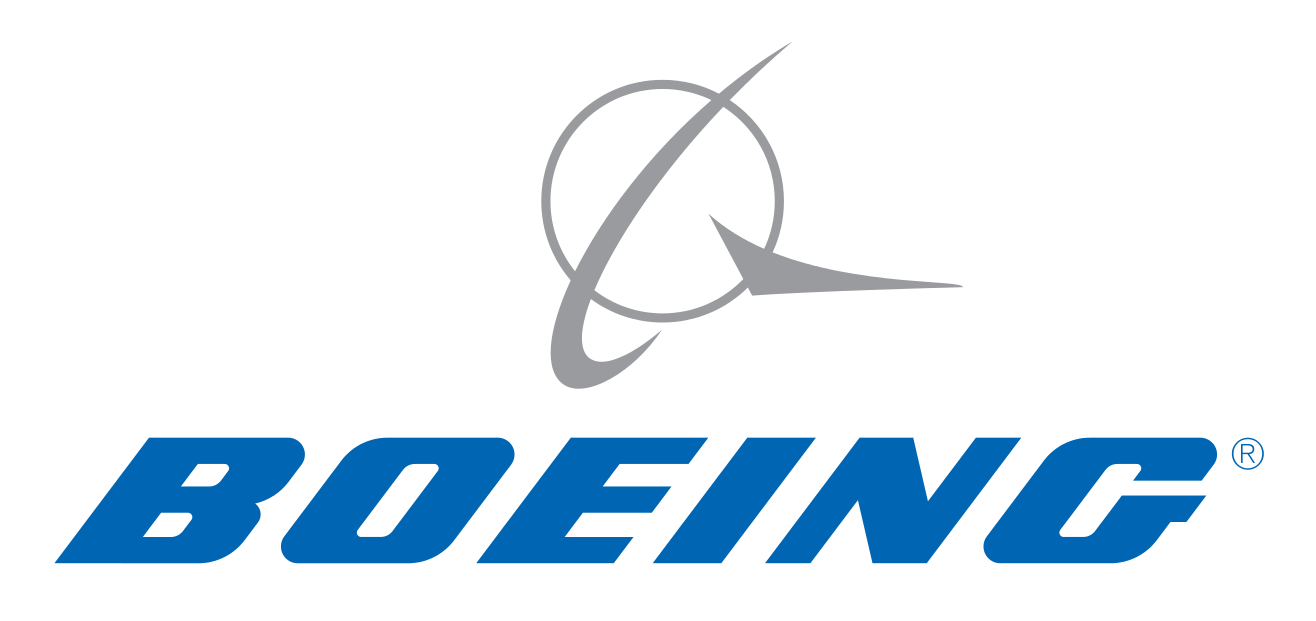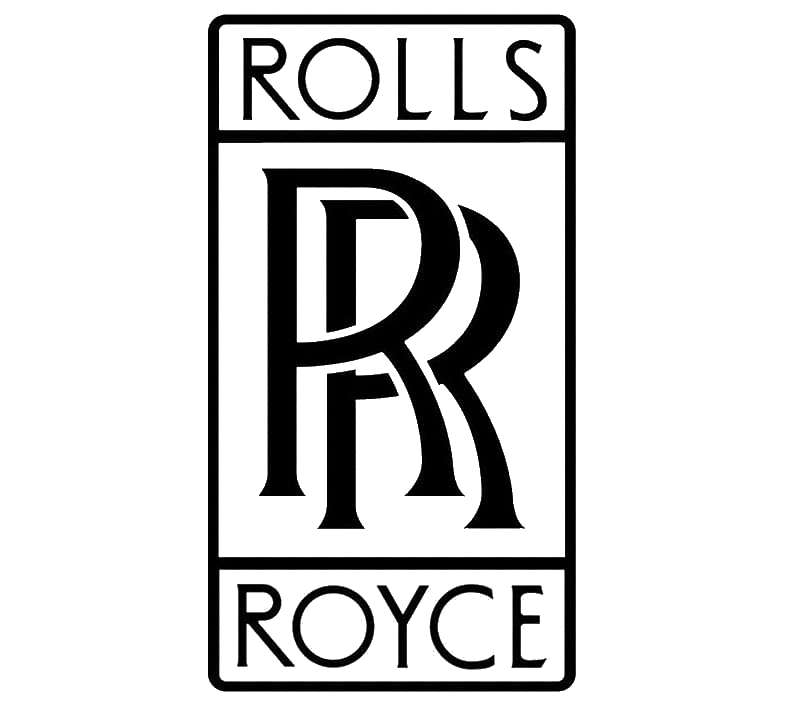Boeing
Model 40 Mail Plane
 |
|
| General information | |
|---|---|
| Type | Mail plane |
| Manufacturer | Boeing |
| Primary users | Boeing Air TransportVarney Air Lines Pacific Air Transport |
| Number built | ca. 80 |
| History | |
| Introduction date | July 1, 1927 |
| First flight | July 20, 1925 |
.
History Boeing Commercial Airplanes
Boeing Model 40 Mail Plane
In 1925, the US Post Office issued a requirement for a mailplane to replace the ex-military DH-4s then in use. The new aircraft was required to use the same water-cooled Liberty V12 engine as used by the DH-4, of which large stocks of war-built engines were available. The resultant aircraft, the Boeing Model 40, was a conventional tractor biplane, with the required Liberty engine housed in a streamlined cowling with an underslung radiator.
In 1925, the US Post Office issued a requirement for a mailplane to replace the ex-military DH-4s then in use. The new aircraft was required to use the same water-cooled Liberty V12 engine as used by the DH-4, of which large stocks of war-built engines were available. The resultant aircraft, the Boeing Model 40, was a conventional tractor biplane, with the required Liberty engine housed in a streamlined cowling with an underslung radiator. The aircraft's fuselage had a steel tube structure, with an aluminum and laminated wood covering. Up to 1,000 lb (450 kg) of mail was carried in two compartments in the forward fuselage, while the single pilot sat in an open cockpit in the rear fuselage. The wings and tail were of wooden construction, and the Model 40 had a fixed conventional landing gear.
The Model 40 made its first flight on July 7, 1925. Although the prototype was purchased by the US Post Office, the production order went to the Douglas M-2.[1][3]

Variants

- Model 40
- Original 1925 design with Liberty engine.
- Model 40A
- Revised 1927 design for BATC. the aircraft was powered by a Pratt & Whitney Wasp radial engine, plus seating for two passengers in an enclosed cabin; 25 built. Received Dept of Air Commerce Approved Type Certificate #2.
- Model 40B
- Model 40As re-engined with a 525 hp (391 kW) Pratt & Whitney Hornet radial piston engine. 19 Model 40A were converted. Redesignated Model 40B-2.
0
ftCeiling
0
mRange
0
km/hAircraft Speed
0
Max Crew
Photo Gallery
Boeing Commercial Airplanes
Boeing Model 40 Mail Plane


Boeing Commercial Airplanes
Boeing Model 40 Mail Plane
General characteristics
- Crew: one
- Capacity: two passengers and 1,200 lb (540 kg) mail
- Length: 33 ft 2.25 in (10.12 m)
- Wingspan: 44 ft 2.25 in (13.47 m)
- Height: 12 ft 3.1 in (3.74 m)
- Wing area: 547 sq ft (50.82 m2)
Powerplant
- Height: 12 ft 3.1 in (3.74 m)
- Wing area: 547 sq ft (50.82 m2)
- Empty weight: 1,605 kg)
- Max takeoff weight: (2,727 kg)
- Powerplant: 1 × Pratt & Whitney Wasp , 420 hp (313 kW)
Specifications
- Maximum speed: 128 mph (206 km/h
Cruise speed: 105 mph (169 km/h - Range: 650 mi (1,046 km, 565 nmi)
- Service ceiling: 14,500 ft (4,420 m)
- Rate of climb: 770 ft/min (3.9 m/s)
Armament
- None
-
Links to Youtube & Others
The North American Rockwell OV-10 Bronco is an American twin-turboprop light attack and observation aircraft.
Boeing Model 40 Mail Plane
After World War II, thousands of surplus PT-17s were auctioned off to civilians and former military pilots. Many were modified for cropdusting use.
Youtube Link
Presentación del Boeing Stearman de la Fundación Infante de Orleans. Realizado por Smoke On Video Productions














